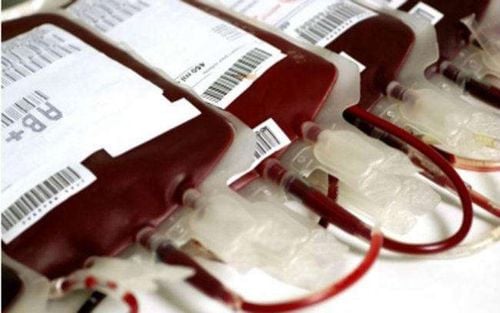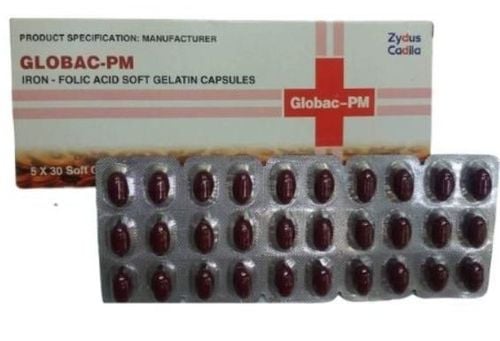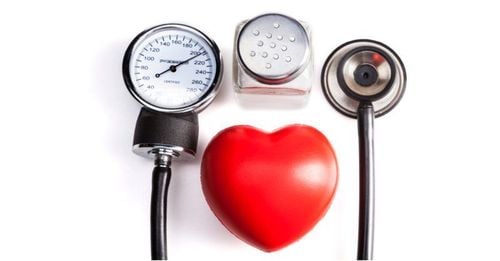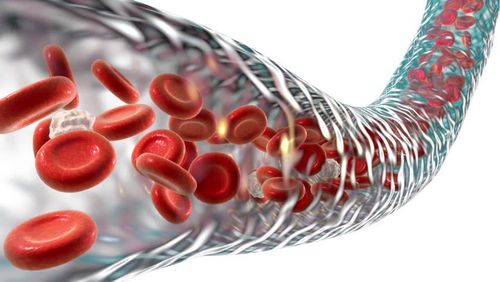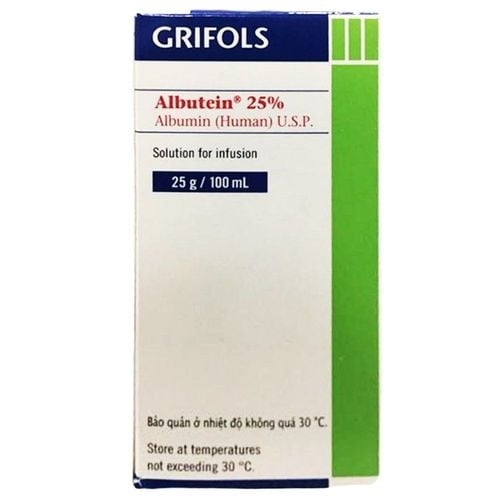This is an automatically translated article.
Posted by Doctor Pediatrician - Pediatric Center - Vinmec Times City International Hospital
Blood is a cellular organelle made up of the tangible components of cells (red blood cells, white blood cells, platelets) and plasma. The main role of the blood is to provide nutrients and structure to organs as well as remove waste products in the body's metabolism such as carbon dioxide and lactic acid.
1. The role of blood
The body needs blood for life, because blood is a liquid that carries nutrients to the organs and removes waste products during metabolism. Adults have about 5-6 liters of blood (7-8% of body weight). Blood circulates in the circulatory system due to the force of the heart's contraction. Some of the main roles of blood in the body are as follows:
Transporting oxygen: Oxygen is an essential gas for organs, inhaled by the lungs. Oxygen is carried from the lungs to the organs by the blood stream. Take in carbon dioxide: From the tissues carried to the lungs and out. The blood also picks up a number of other waste products, transports them to the kidneys and liver, and is excreted in the urine and faeces. Blood transports hormones from endocrine glands to tissues. Blood transports food (sugar, protein, fat) obtained by digestion from the digestive system. Helps the body fight infections.
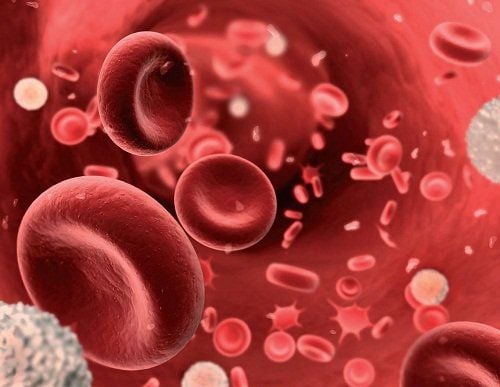
2. Composition of blood
Blood is produced in the bone marrow, consisting of 2 components: a cell part, a blood cell part.
2.1. The cell-free part
Is the yellow liquid part of the plasma that makes up 55% of the whole blood (plasma includes proteins, salts, important proteins such as albumin - the main component of blood, globulins - including thousands of antibodies help fight infections. In plasma, there are clotting factors to prevent blood loss when bleeding due to injury, surgery,...
2.2. Cell part
Cell part consists of 3 types of red blood cells, white blood cells, and platelets
Red blood cells (red cells): There are about 4-5 million/mm3, accounting for 45% of total blood volume, erythrocyte survival time is 100-120 days. of red blood cells is to transport oxygen throughout the body.Red cell membranes are very flexible like soap bubbles that help red blood cells move through organs in the body without breaking, especially going to microvasculature to release In addition, red blood cells contain the enzyme carbonic anhydrase, which is responsible for transporting carbon dioxide to the lungs.
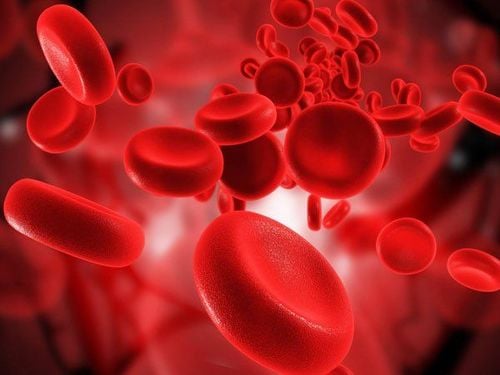
White blood cells: White blood cells make up 1% of blood cells, white blood cells play an important role in the body against the invasion of bacteria, viruses, microorganisms, and parasites. There are several different types of white blood cells that have different functions in the defense mechanism against infection. Granulocytes are granulocytes and granulocytes in the protoplasm, and are divided into neutrophils and eosinophils, basophils, and monocytes, according to the staining stain. %. Lymphocytes make up 30%. The life span of white blood cells is about 18-36 hours. WBC count 7000/mm3. Platelets: The smallest blood cells with about 200,000/mm3 of blood, platelets play an important role in starting the hemostasis process. All blood cells: red blood cells, platelets, and white blood cells are derived from hematopoietic stem cells. In just 4 weeks, stem cells multiply fast enough to replace the body's own blood cells.
Blood has an important role in many activities of the body, in some cases blood will be assigned to transmit and receive to protect human activities.
Vinmec International General Hospital is the address for examination, treatment and prevention of diseases. When performing the examination process at Vinmec, customers will be welcomed and used modern facilities and equipment along with perfect medical services under the guidance and advice of experts. Good doctors, well-trained both at home and abroad.
Customers can directly go to Vinmec Health system nationwide to visit or contact the hotline here for support.




